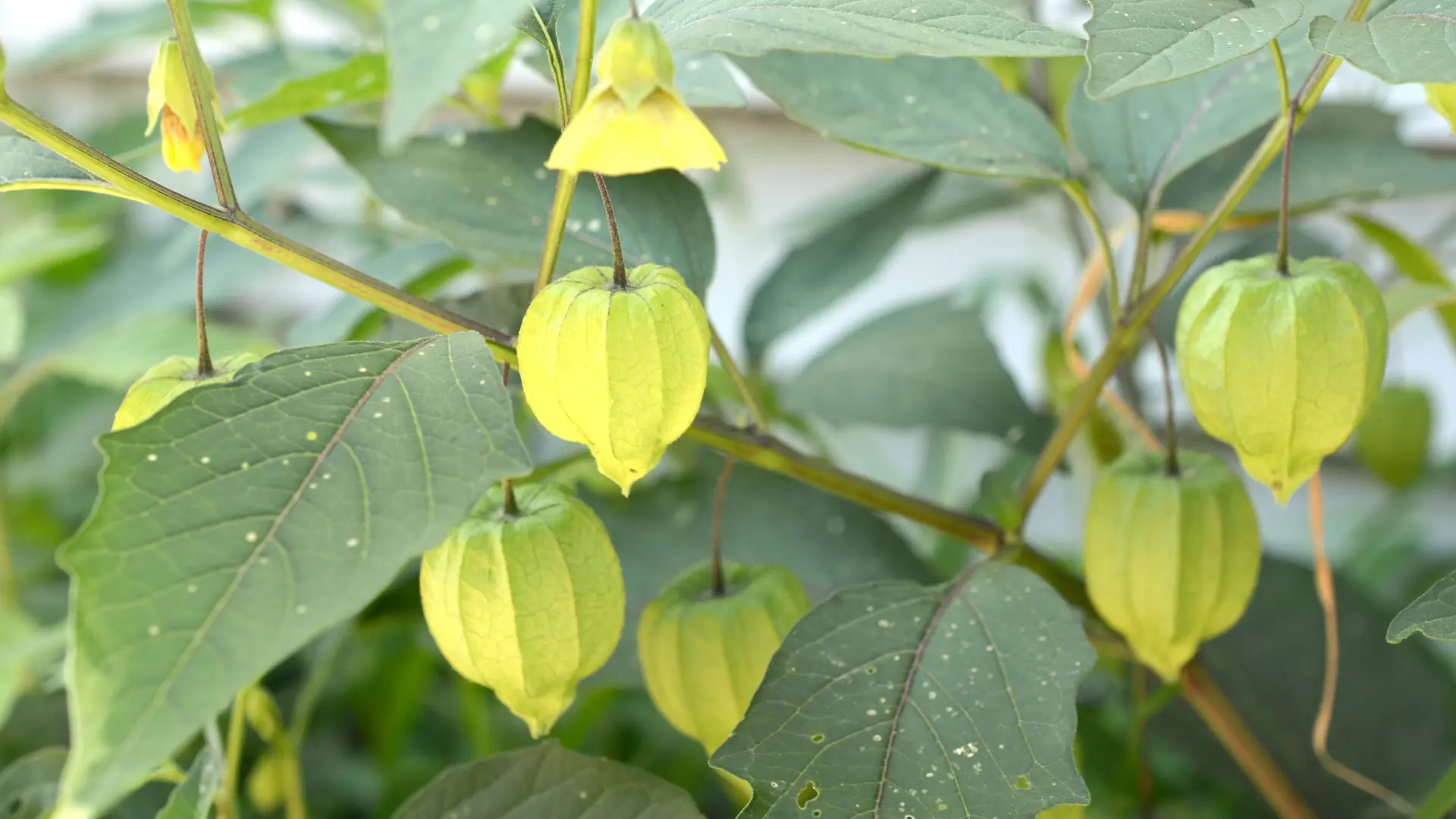Both tomatillos and tomatoes belong to the nightshade family. They are commonly sold in supermarkets and other retail locations, and many people often confuse them. However, these nightshades have few distinctive qualities when it comes to taste, flavor, and application.
Tomatillos vs. Tomatoes

The tomatillo, or husk tomato, is a green, spherical fruit. Its scientific name is Physalis ixocarpa. It is a plant from the nightshade family and is widely used in Mexican cooking. They have an inedible husk that is paper-thin on the outside, from tiny walnut-sized ones to slightly larger golf ball-sized ones, and their sizes range.
They taste slightly lemony, tart, and acidic. They lose their sharpness and develop a mildly sweet flavor as they ripen, turning yellow, red, or purple. Green tomatoes, tinned tomatoes, and green peppers are some alternatives to tomatillos.
The fruit tomato (Solanum Lycopersicum) is very nutrient-dense. There are many colors of tomatoes, including red, green, and yellow.
It is regarded as one of the best fruits and vegetables due to its variety of shapes and flavors. Among other things, its health advantages include preventing cancer and controlling blood pressure.
Differences Between Tomatillos and Tomatoes

The distinctions between tomatoes and tomatillos. They are less diverse than you might believe. Tomatillos can most easily be distinguished from tomatoes by:
- Vitamin B3 content in tomatillos is three times that of tomatoes. 1.85mg: 0.594mg
- Your daily need for manganese is 6647% more in tomatillos than in tomatoes.
- Tomatillos come in various colors, but green is the most popular. Tomatillos are sweeter in purple than in green.
- The relative huge sizes of tomatoes vary greatly, and a tomatillo and a golf ball share the same size. The flavor of tomatoes can range from delicious and vibrant to mellow and smoky, depending on the variety.
- Ripe tomatillos have a rich, crisp texture and keep their firmness. Ripe tomatoes are supple, juicy, and easily bruised.
- Use cooked tomatoes as the base of sauces and stews worldwide, while fresh tomato slices can be used in everything from sandwiches to salads. Both fruits can be eaten fresh, but chefs frequently grill or char tomatillos before using them in jams or salsas.
Uses
Tomatoes can be juiced, pureed, or used as a paste or salad dressing. Mexicans mostly utilize tomatillos in tacos or as a paste. To improve the flavor of many Mexican sauces and salsas, they are utilized when they are a vibrant green.
Salsas, green sauces, soups, and taco and quesadilla fillings are all made with tomatillos. Additionally, it can add a little zing to salad dressings and guacamole.
How to plant
Tomatillos seeds can either be started indoors or outdoors. Whichever way, full sun is needed for healthy fruits. Before planting outdoors, the danger of the last frost should have been over.
It is advisable to plant two tomatillo seeds together for easy pollination and production of fruits. Tomatillos should be planted on warm soil because they are sensitive to cold. Just like tomatoes, tomatillos should be planted deep.
Every Gardener wishes to have a healthy, rich tomato plant, which is seen as one of the hardy plants in a vegetable garden. Tomato plants need lots of care to grow healthy with firm, juicy, sweet, and blemish-free fruits. Start tomatoes indoors from the 4th to 5th week since the last frost date.
Before starting a tomato plant from seeds, the seedlings should be given enough space to branch out. Overcrowding plants can lead to diseases due to less air circulation and stress. After seedlings get the first set of healthy young leaves, transplant the tomato plant deeper to give room for roots to develop.
Growing Requirements

Light
Tomato seedlings need direct sunlight for about 6-8 hours a day. In the case of planting indoors, using a greenhouse is a preferable method, but the best option is to use a planting light for at least 14-18 hours. When transplanted outside, the seedlings should be placed in the sunniest place in the garden.
Soil
Tomatoes naturally like warm soil. When planted outside, the soil temperature should be about 60°F, and well-drained, rich, and deep soil. Add organic matter to the soil before planting tomatillos seedlings in a well-drained, rich, and deep soil with a PH of 6.5-7.0.
Water
Tomatillos and tomatoes grow best when there is a consistent provision of water to the plant.
Temperature and humidity
Tomatillos and tomatoes grow well in a hot climate.
Fertilizer
Excess fertilization can burn the roots and lead to many plant problems resulting from nutrient imbalance.
Common disease/pest
Early blight
It can affect the foliage, stems, and fruits of the plant. Its symptoms are dark spots on the older leaves that had touched infected soil.
Verticillium wilt
Its symptoms are yellow blotches on lower leaves that turn into brown spots.
Anthracnose
This causes the plant to rot and change to black and brown.
Aphids
These are insects that suck out nutrients from the plant, thereby making it look pale and spoiled.
